stars-and-shitt-blog
I enjoy telescopes too much for my own good. (PS. my header is fireworks because nothing else fits yet)
38 posts
Latest Posts by stars-and-shitt-blog


(Ten episodes later…)

Bones clearly made it his mission to have an equally damaging influence on Chekov’s personality
(In a cheerful cowboy voice while slapping my knee) well beam me up Scotty!



22/04/18. I got great pictures of the moon through my telescope

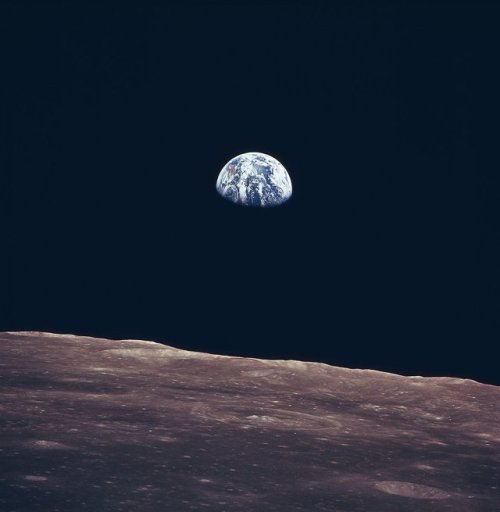


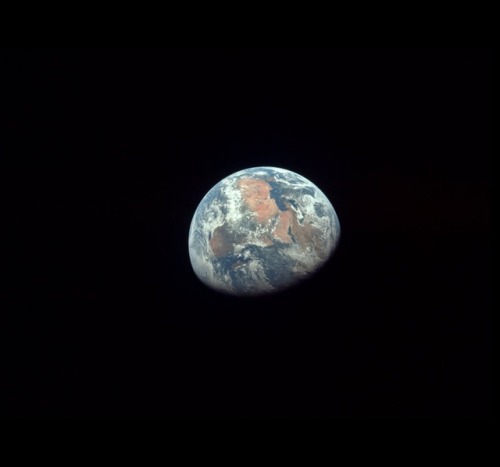

Happy Earth day! (Let’s take care of our planet while there’s time)
Image credit: NASA, Mission Apollo, STS-103, Lunar module & Cassini
Earth: Your Home, Our Mission
We pioneer and support an amazing range of advanced technologies and tools to help us better understand our home planet, the solar system and far beyond.
Here are 5 ways our tech improves life here on Earth…
1. Eyes in the Sky Spot Fires on the Ground

Our Earth observing satellites enable conservation groups to spot and monitor fires across vast rainforests, helping them protect our planet on Earth Day and every day.
2. Helping Tractors Drive Themselves

There has been a lot of talk about self-driving cars, but farmers have already been making good use of self-driving tractors for more than a decade - due in part to a partnership between John Deere and our Jet Propulsion Laboratory.
Growing food sustainably requires smart technology - our GPS correction algorithms help self-driving tractors steer with precision, cutting down on water and fertilizer waste.
3. Turning Smartphones into Satellites

On Earth Day (and every day), we get nonstop “Earth selfies” thanks to Planet Labs’ small satellites, inspired by smartphones and created by a team at our Ames Research Center. The high res imagery helps conservation efforts worldwide.
4. Early Flood Warnings

Monsoons, perhaps the least understood and most erratic weather pattern in the United States, bring rain vital to agriculture and ecosystems, but also threaten lives and property. Severe flash-flooding is common. Roads are washed out. Miles away from the cloudburst, dry gulches become raging torrents in seconds. The storms are often accompanied by driving winds, hail and barrages of lightning.
We are working to get better forecasting information to the National Oceanic and Atmospheric Administration (NOAA). Our satellites can track moisture in the air - helping forecasters provide an early warning of flash floods from monsoons.
5. Watching the World’s Water

Around the world, agriculture is by far the biggest user of freshwater. Thanks in part to infrared imagery from Landsat, operated by the U.S. Geological Survey (USGS), we can now map, in real time, how much water a field is using, helping conserve that precious resource.
We use the vantage point of space to understand and explore our home planet, improve lives and safeguard our future. Our observations of Earth’s complex natural environment are critical to understanding how our planet’s natural resources and climate are changing now and could change in the future.
Join the celebration online by using #NASA4Earth.
Make sure to follow us on Tumblr for your regular dose of space: http://nasa.tumblr.com.

meanwhile, in Facebook’s PR department
Kirk: Don't worry, Spock. We're with you!
Bones: Are we?
Kirk: Yes.
Fake geek boys don’t know science fiction was invented by a woman
Why I need feminism
*driving home*
Me: Let’s see what’s on the radio.
DJ: “It’s a tragic day for all men today—Leonard Nimoy died. Most boys had a Star Trek phase growing up. You girls probably have trouble telling the difference between Star Wars and Star Trek, but trust me, it’s a big deal that he’s gone.”
Me: …
Me: Seriously? What year is this?
What's your opinion of the Multiverse Theory? Conceptually, it's simultaneously terrifying and glorious in my opinion. On another note, do you watch How the Universe Works?
It is a surprising thing, though I believe we are far from knowing it scientifically. For lack of techniques or technology to prove the existence or not of the multiverse, this creates two sides of the same coin, on the one hand we can sitar science and the other on fantasy, spiritism, or science fiction. For example, string theory says that we would have more dimensions in which we already know. But honestly… as my blog is related to science, I think it best I do not present my opinion here… I just think skepticism can blind you sometimes. And on the second question, yes, I’ve already watched. Sorry if I did not answer your question in the right way.
Star Trek and Star Wars are both about blonde farm boys going to space for the drama of it all
me every morning: the search for sock




Happy Valentine’s Day 💝💞💜💜💖💘💕❣️
Another year means another round of funny space themed Valentine’s Day cards! Send them to your boyfriend, girlfriend, friends, mom, dad, and siblings!
Oh and your pets…send them to your pets too. 💙💙💙💙💙💙💙💙💙💙💙

that’s just the actual dialogue from the film, right
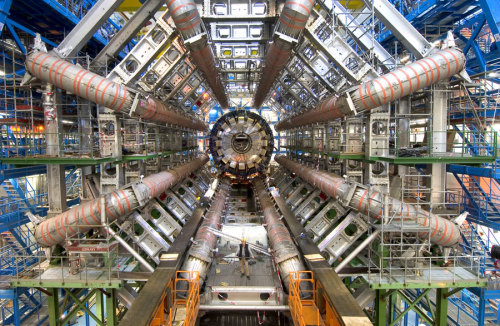
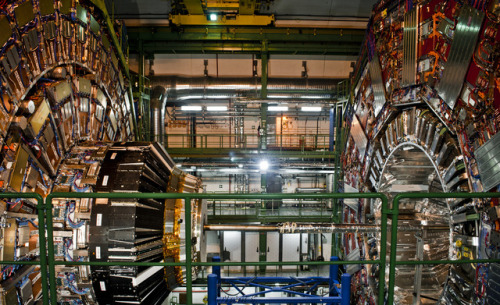
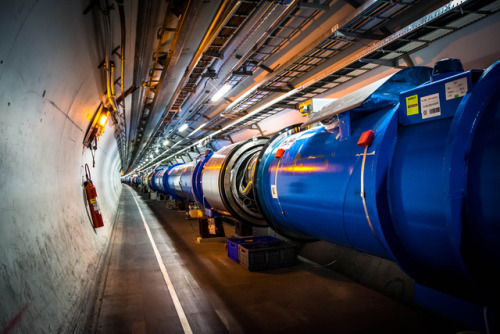
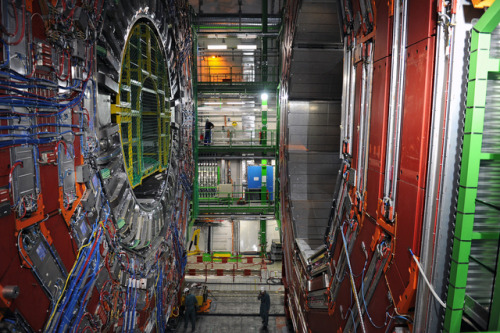
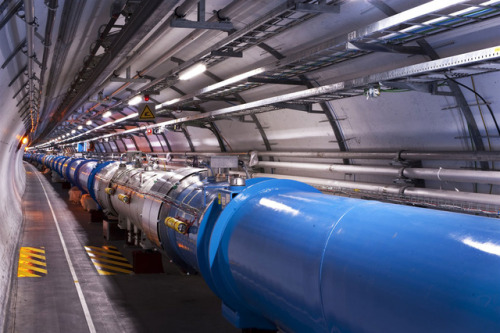
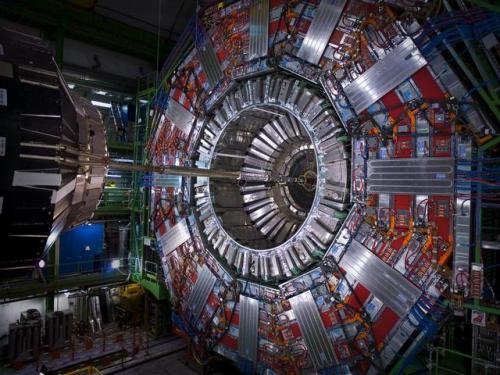
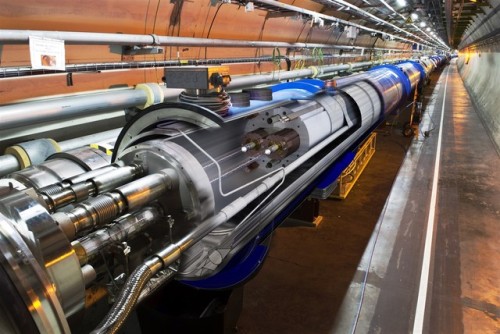
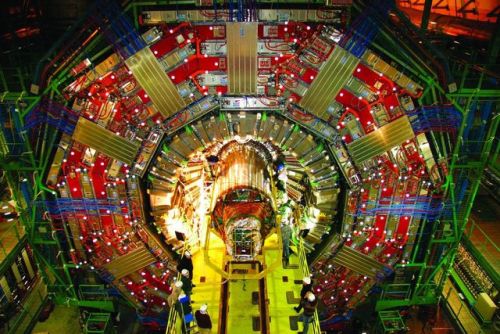
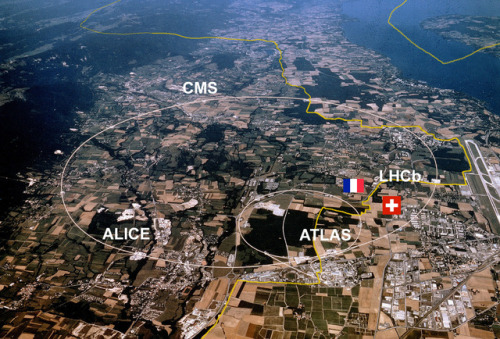
The Large Hadron Collider
The Large Hadron Collider (LHC) is the world’s largest and most powerful particle collider, the most complex experimental facility ever built, and the largest single machine in the world. It was built by the European Organization for Nuclear Research (CERN) between 1998 and 2008 in collaboration with over 10,000 scientists and engineers from over 100 countries, as well as hundreds of universities and laboratories. It lies in a tunnel 27 kilometres (17 mi) in circumference, as deep as 175 metres (574 ft) beneath the France–Switzerland border near Geneva.
The aim of the LHC is to allow physicists to test the predictions of different theories of particle physics, including measuring the properties of the Higgs boson and searching for the large family of new particles predicted by supersymmetric theories, as well as other unsolved questions of physics.
All the controls for the accelerator, its services and technical infrastructure are housed under one roof at the CERN Control Centre. From here, the beams inside the LHC are made to collide at four locations around the accelerator ring, corresponding to the positions of four particle detectors – ATLAS, CMS, ALICE and LHCb.
Image credit: CERN, FermiLab (Vlad Savov, Julien Nyczak, Maximilien Brice).
source
Click here to learn more

Astronauts activities during EV-1. Here Astronaut Robert Stewart during Manned Maneuvering Unit (MMU) Exercise untethered above the Earth.[4209 x 4209] - For more images of the cosmos Click Here
I was there
HAMILTON
OHMYGODGUYSI’MSEEINGHAMILTONINAFEWHOURSANDI’MSOEXCITEDI’MSHAKING

Do you think it’s possible that Pluto is an escaped moon of Neptune, and if not, why not? The opinions I can find on the matter leave me a bit confused.
Well, first of all I’m not an expert and my explanation may be wrong. I’ve heard of it, but it seems that hypothesis is not very likely. If pluto has orbited Neptune before, it would have to have a phenomenon with an extremely large energy so that Pluto would leave the Neptunian orbit and manage to escape.
Although at some point the orbits of Pluto and Neptune “ get close ”, it is still far enough away that they do not interact, and Pluto has an inclined orbit compared to Neptune. These factors make it even more difficult.
11/02/2018
Tried to look at stars through my window however couldn't see anything I blame British weather, while my neighbour hid in my bed because it was cold

Wide Field M42 Orion - For more images of the cosmos Click Here



Super Blue Blood Moon Eclipse composite (OC) 2018, Melbourne Australia - For more images of the cosmos Click Here
![Lunar Eclipse [1/31/2018] - For More Images Of The Cosmos Click Here](https://64.media.tumblr.com/e0ad6745a96d1016353dcadebf29f24e/tumblr_p3kjfp38IV1w094hwo1_500.jpg)
Lunar Eclipse [1/31/2018] - For more images of the cosmos Click Here

M42 - Orion Nebula - For more images of the cosmos Click Here
When you wanna look at the stars but British weather says no
I just wish the clouds would go away for like-say 5,000 years?

Supermoon, November 2016.
Credit: Rafael Compassi


Lunar eclipse from Victoria, Australia Found here